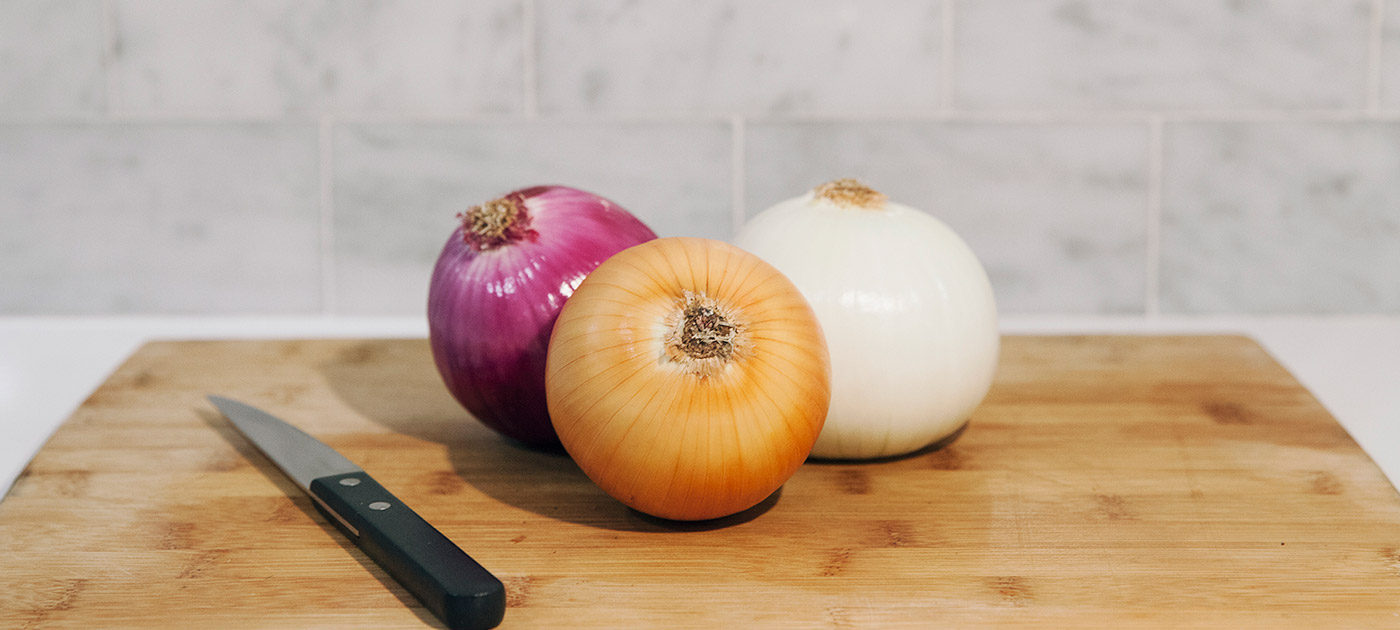
Five Foods that Fight Pain
When we’re in pain, often the first thing we think is, “Where are my pills???” Many of the most common brands of over-the-counter pain relievers, such as aspirin, Advil and Aleve, are non-steroidal anti-inflammatory drugs, or NSAIDs. These drugs block the enzymes that help make prostaglandins, the hormone-like chemicals that trigger inflammation in the body and cause both acute and chronic pain. Certain types of these chemicals also intensify the electrical impulses that cause our nerves’ sensation of pain.
Unfortunately, while NSAIDs do temporarily reduce pain, they also can cause significant side effects, such as increasing your blood pressure and gastrointestinal pain, or even increasing your risk of heart attack or kidney damage. Add that to the risk of dependency—either physical or emotional—we develop when we rely on these medications too often or for too long.
So how can we get pain relief effect without exposing ourselves to these risks? Look to the glorious bounty of Mother Nature! Check out a few of the many foods that boast a similar anti-inflammatory effect—and no side effects.
LEMON/LEMON BALM
I start every single day with warm water and lemon. Lemons are very high in bioflavinoids that destroy harmful free radicals, unstable oxygen molecules that damage blood vessels and cause inflammation. Lemon’s high vitamin C content also helps decrease cortisol, a stress hormone linked to higher inflammation. Lemon balm has antibacterial, antiviral, and antifungal powers, all of which fight off any harmful invaders (colds, flu, bacteria) that can trigger inflammatory responses. And the smell is just heavenly and invigorating!
OREGANO LEAF & OIL
Most of us know oregano from the spice cabinet—but I keep mine in the teapot! Steeping oregano leaves in or adding a few drops of oregano essential oil to hot water allows me to enjoy a relaxing, soothing anti-inflammatory treat that increases my intake of two of oregano’s strongest antimicrobial compounds, thymol and carvacrol, which have been clinically proven to kill antibacterial resistant strains of Staphylococcus microbes (including strains of the dreaded MRSA). Oregano is more effective than pharmaceuticals because it can penetrate the biofilm that protects these nasty bugs and makes them so strong. Packed with antioxidants, oregano also protects the liver, fights tumor formation, and kills parasites in the gut, all of which can soothe or prevent pain-causing inflammation.
GARLIC & ONIONS
Garlic and onions are simply amazing–they kill bacteria, improve circulation, reduce cholesterol, prevent tumors, soothe arthritis, and lower blood sugar. Each of these actions also help reduce overall systemic inflammation and pain. Garlic and onions prevent inflammation in a number of ways; a 2014 study found that an essential fatty acid, ethyl linoleate (ELA), in garlic produces the exact same inflammation-halting effect as NSAID pain relievers do, by reducing prostaglandin production. Onion boasts phytonutrient quercetin, a natural antihistamine that helps prevent sinus headaches and inflammation from seasonal allergies. Simmering onions and garlic in soup or spaghetti sauce protects and intensifies their potency.
OLIVE OIL
In Greece, where I was born, olive oil is a staple in almost every meal. Scientists believe that olive oil (especially extra virgin) is really the key component of the super-healthy Mediterranean diet. Virgin olive oil contains natural alcohol-like chemicals called phenolic compounds that have various anti-inflammatory powers, the strongest of which is oleocanthal. Oleocanthal is like natural ibuprofen—it has the same molecular profile and prostagladin-blocking function. One caveat: Four tablespoons of extra virgin olive oil provides the same effect as taking 1/10 of an adult dose of ibuprofen. This is not to say that your salad’s dressing is going to cure your back pain, but researchers believe eating some olive oil every day—as I’ve done since childhood—blocks the prostaglandin cascade, tamping down inflammation on a regular basis, which may prevent diseases like Alzheimer’s and be especially helpful for managing chronic pain. You’ll know your extra virgin olive oil has a high dose of oleocanthal if it has a strong peppery or spicy taste and creates a slight tingling sensation in your throat.
SWEET POTATO
The gorgeous orange color of sweet potatoes is a sign of powerful antioxidants, such as beta-carotene, that protect the body from inflammatory free radicals. Sweet potatoes are also a good source of vitamin E, a anti-inflammatory nutrient that’s hard to get if you can’t or don’t eat almonds or sunflower seeds. One trick: You need to eat fat with your sweet potatoes in order to help the beta-carotene get inside your cells—so sprinkle your sweet potatoes with olive oil to give your pain and inflammation a one-two punch.
You learn about dozens of other anti-inflammatory foods in my upcoming book, The Body Doesn’t Lie.
